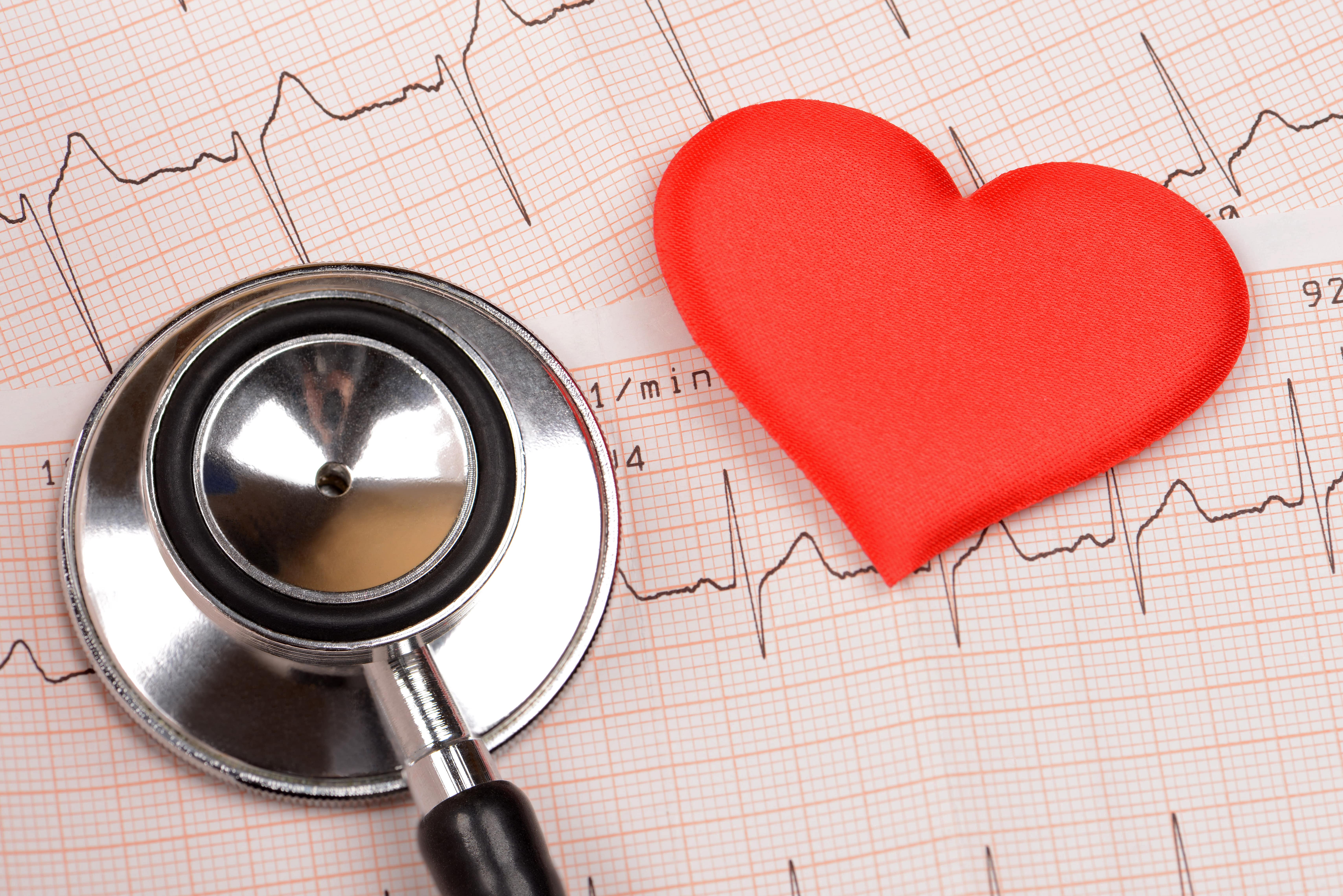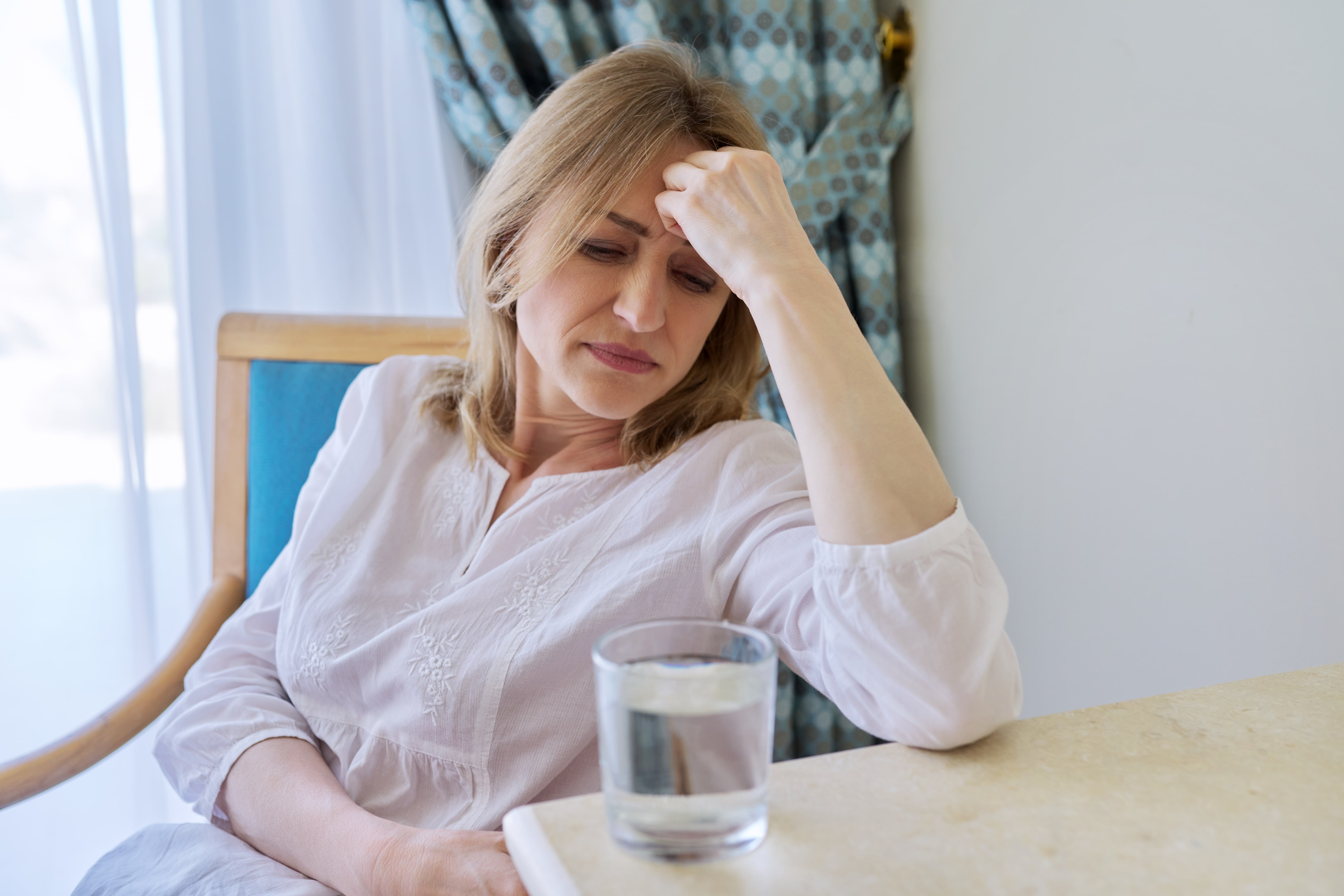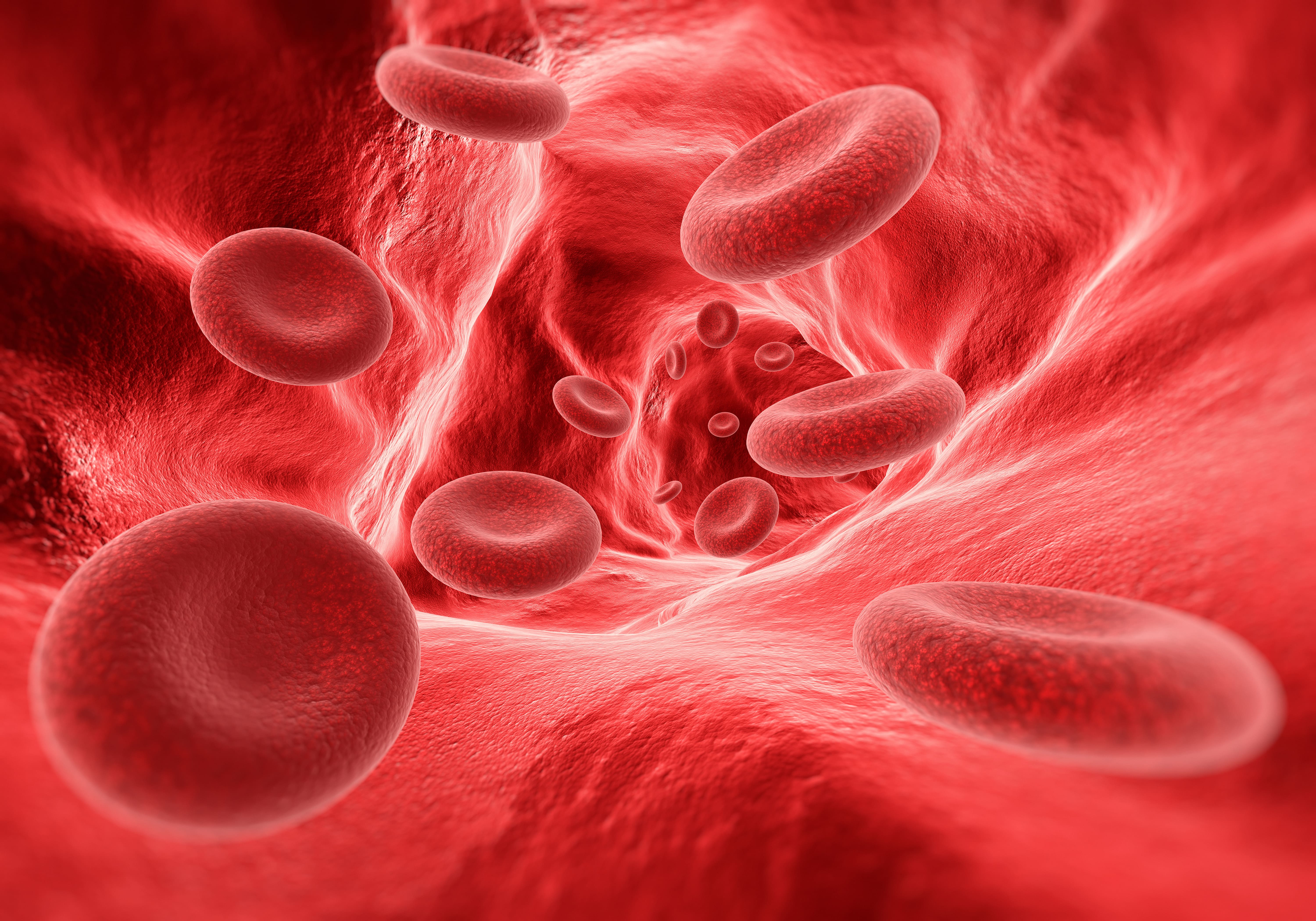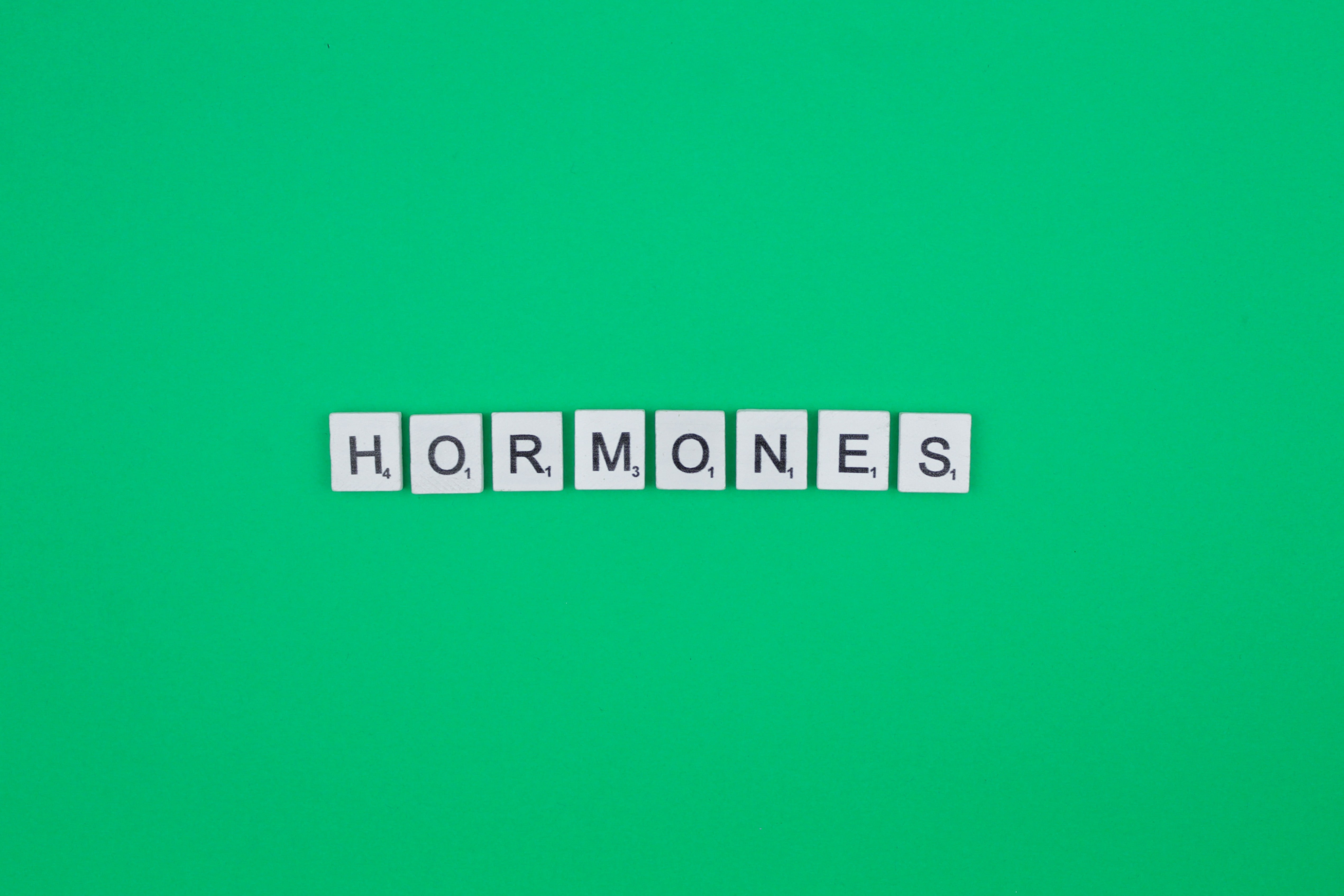Women, Health & the Heart Paradox
- Talia Dali
- Perimenopause & Menopause
Have you ever had that moment where you’re sipping your turmeric latte, tossing flax seeds over your organic kale salad, and thinking:
“Surely I’m doing everything right for my heart?”
And yet… cardiovascular disease remains the number one cause of death in women worldwide.
That’s right. Not breast cancer. Not osteoporosis.
It’s the heart.
So how can it be that the yoga-doing, olive-oil-loving, oat-fiber-eating demographic is still at highest risk?
Let’s explore — with clarity, curiosity, and zero fearmongering.

Myth-Busting: Cardiovascular Disease Is Not a Man’s Problem
Repeat after me:
Heart disease is an equal opportunity offender.
In fact:
In Europe, cardiovascular disease (CVD) causes 47% of all female deaths — more than in men (39%).
In the U.S., 1 in 5 women dies from heart disease.
Worse? Women are more likely to die within a year after their first heart attack than men.
Why?
Because we’re still being misdiagnosed or not taken seriously.
What the stats say:
Women are 50% more likely to receive a misdiagnosis after a heart attack compared to men.
Let that sink in. You show up to the ER with a heart attack, and there’s a coin flip chance they’ll tell you it’s anxiety or indigestion.

The “Silent” Symptoms of a Woman’s Heart Attack
Let’s say it once more: Heart attacks in women often don’t look like the movies.
Instead of chest-gripping drama, we might get:
Jaw pain
Shoulder aches
Sudden fatigue
Dizziness or nausea
Shortness of breath (walking upstairs and wondering if you’re just “out of shape”)
Cold sweats
Weird back pain
Mood changes before or during exertion
Often, they’re brushed off as “just hormones,” “stress,” or “probably a bad sandwich.”
The result? Delays in diagnosis, treatment, and sometimes survival.

Estrogen: From BFF to “Where Did You Go?”
When we’re cycling and menstruating, estrogen acts like a cardiovascular bodyguard:
It keeps blood vessels flexible
Lowers bad cholesterol (LDL), raises good (HDL)
Reduces inflammation and oxidative stress
But once we hit perimenopause and menopause? Estrogen packs up and leaves the party.
What happens next:
LDL creeps up
Arteries lose elasticity (hello, blood pressure)
Insulin resistance increases (making blood sugar harder to regulate)
Mood swings meet metabolic shifts = the perfect heart-risk cocktail
So, no, it’s not just your “hormones being annoying.”
It’s your whole cardiovascular landscape changing shape.

The Hidden Fire: Inflammation + Cholesterol + Hormonal Chaos
Eating clean? Great.
But here’s the truth bomb: cholesterol is only part of the picture.
What’s driving the danger is chronic, low-grade inflammation — that sneaky, invisible fire.
Triggers include:
Stress (hello, modern life)
Sleep deprivation
Poor blood sugar control
Hormonal decline (goodbye, estrogen)
CRP (C-reactive protein) levels often rise in midlife women, and inflammation accelerates the plaque-building process that leads to heart attacks and strokes.
Hormone Therapy: A Second Chance?
Yes, menopausal hormone therapy (MHT) got a bad rap in the early 2000s. But we’ve since learned:
If started early (before age 60 or within 10 years of menopause), MHT may lower heart disease risk.
But starting it too late (say, 65+) can increase risks instead.
MHT isn’t for everyone, but for the right woman, at the right time, it’s a powerful option worth discussing with a practitioner who understands hormones and the heart.

Final Thought
The truth is, your heart has likely been working overtime without the recognition it deserves — especially through hormonal shifts, emotional load, and daily stress.
So before you scroll away, here’s what you can start doing today:
Track your symptoms — especially the subtle ones we often dismiss
Don’t ignore fatigue, breathlessness, or back pain with effort
Remember: perimenopause isn’t just about mood swings — it’s a cardiovascular tipping point
Bring up your heart health at your next gynecologist or general check-up
Because your story — and your care — should reflect your biology, not someone else’s textbook.